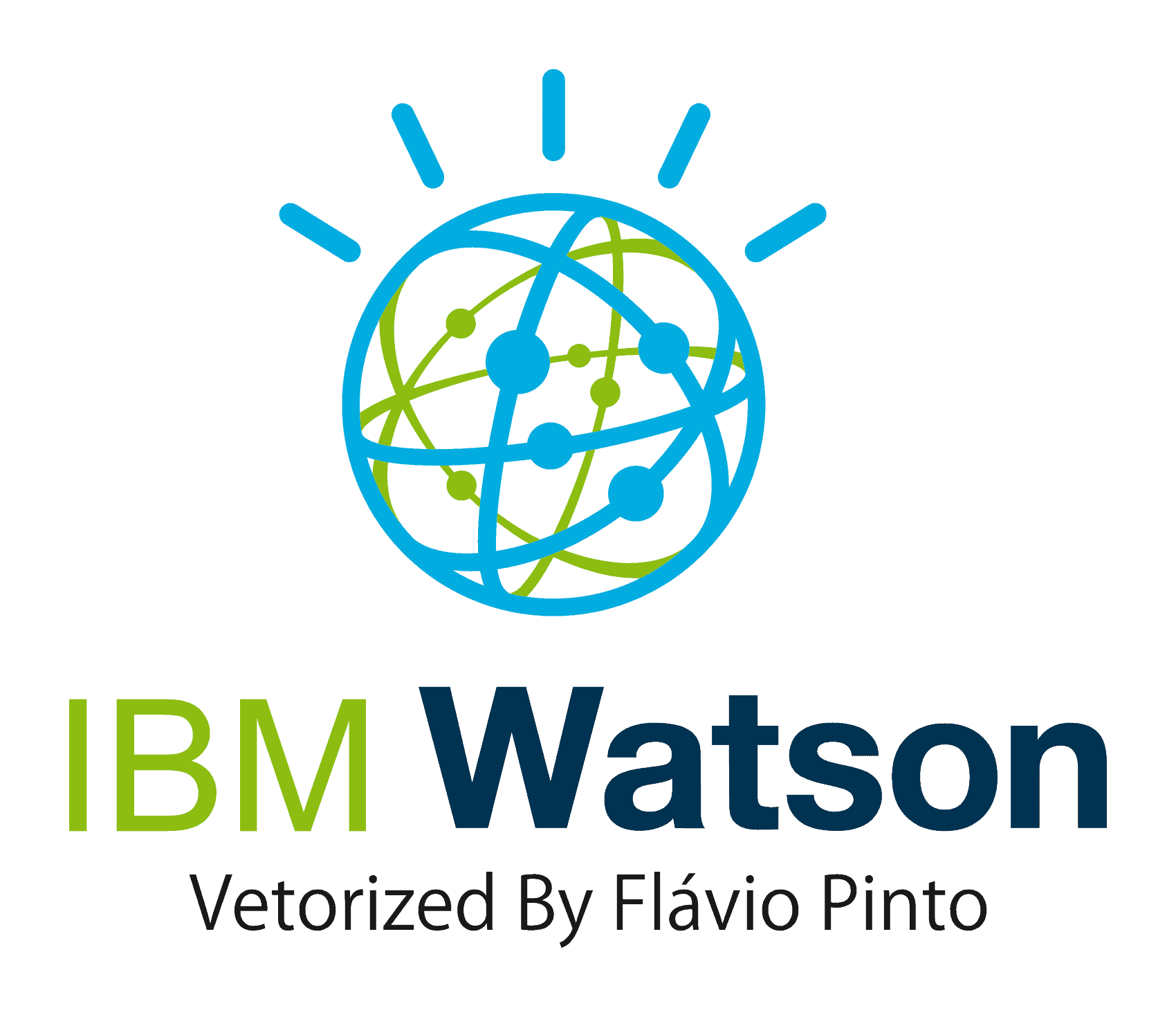Artificial Intelligence (AI) has been a topic of fascination and exploration for decades, with various tech giants and research institutions contributing to its advancement. From the early days of rule-based systems to the current era of deep learning and neural networks, the history of AI models is a captivating tale of human ingenuity and technological breakthroughs. In this article, we’ll delve into the contributions of companies like IBM, Google, OpenAI, and others, tracing the milestones that have shaped the field of AI.
IBM: Pioneering AI Research
IBM has been at the forefront of AI research since the early days. In the 1950s, the company developed the first successful AI program, the Logic Theorist, which was designed to mimic the problem-solving skills of human beings. This program laid the foundation for future AI systems and demonstrated the potential of computers to reason and solve complex problems.
In 1997, IBM’s Deep Blue famously defeated world chess champion Garry Kasparov, marking a significant milestone in the field of AI and showcasing the computational power of specialized systems. However, Deep Blue’s success was limited to the specific domain of chess, and it lacked the ability to generalize its knowledge to other areas.
IBM’s more recent contributions to AI include the development of Watson, a question-answering system that gained widespread recognition after its impressive performance on the TV quiz show “Jeopardy!” in 2011. Watson’s ability to understand natural language and retrieve relevant information from vast databases demonstrated the potential of AI in various domains, including healthcare, finance, and customer service.
Google: Driving AI Innovation
Google has been a driving force in the field of AI, with its research and development efforts spanning multiple areas, including machine learning, natural language processing, and computer vision.
One of Google’s most significant contributions to AI is the development of TensorFlow, an open-source machine learning library that has become a standard tool for researchers and developers worldwide. TensorFlow has facilitated the creation and deployment of various AI models, from image recognition and language translation to recommendation systems and predictive analytics.
Google’s AI research has also led to groundbreaking advancements in areas such as reinforcement learning, with the development of algorithms like AlphaGo and AlphaZero, which have achieved superhuman performance in complex games like Go and chess.
In recent years, Google has focused on developing large language models, such as BERT (Bidirectional Encoder Representations from Transformers) and GPT (Generative Pre-trained Transformer), which have revolutionized natural language processing tasks like text generation, summarization, and question-answering.
OpenAI: Pushing the Boundaries of AI
OpenAI, a non-profit AI research company, has been at the forefront of developing cutting-edge AI models and exploring the potential of artificial general intelligence (AGI).
One of OpenAI’s most notable contributions is the development of GPT (Generative Pre-trained Transformer) language models, which have demonstrated remarkable capabilities in generating human-like text, answering questions, and even writing code.
The release of GPT-3 in 2020 was a significant milestone, as it showcased the potential of large language models to perform a wide range of tasks with minimal task-specific training. With its vast knowledge base and ability to generate coherent and contextually relevant text, GPT-3 has opened up new possibilities in areas such as creative writing, content generation, and conversational AI.
OpenAI has also made strides in reinforcement learning, with the development of algorithms like Proximal Policy Optimization (PPO) and Adversarial Inverse Reinforcement Learning (AIRL), which have applications in robotics, game playing, and decision-making systems.
Other Notable Contributions
While IBM, Google, and OpenAI have been at the forefront of AI research, many other companies and institutions have made significant contributions to the field.
Microsoft has been actively involved in AI research, with its Azure Cognitive Services offering a range of pre-built AI models for tasks like computer vision, speech recognition, and natural language processing. Microsoft’s research teams have also developed AI models like GPT-2 and MT-NLG, which have advanced the state of the art in language generation and machine translation.
Amazon has leveraged AI extensively in its products and services, with Alexa being one of the most well-known examples of a conversational AI assistant. Amazon’s AI research has focused on areas like recommendation systems, computer vision, and natural language processing, with the development of models like ALBERT (A Lite BERT for Self-supervised Learning of Language Representations) and EfficientNet (Efficient Convolutional Neural Networks).
Academic institutions and research labs have also played a crucial role in advancing AI models. Institutions like Stanford University, the Massachusetts Institute of Technology (MIT), and the University of Toronto have been at the forefront of AI research, contributing to the development of algorithms, techniques, and theoretical foundations that have shaped the field.
The Future of AI Models
As AI technology continues to evolve, we can expect even more groundbreaking advancements in the field of AI models. The development of larger and more powerful language models, combined with advances in areas like reinforcement learning, computer vision, and multimodal AI, will likely lead to more sophisticated and versatile AI systems.
However, alongside these technological advancements, there is a growing need to address the ethical and societal implications of AI. Issues such as bias, privacy, and the potential impact on employment and automation will require careful consideration and responsible development practices.
In conclusion, the history of AI models is a testament to the ingenuity and perseverance of researchers, developers, and tech giants who have pushed the boundaries of what was once thought impossible. As we look to the future, the continued collaboration and innovation among these entities will be crucial in shaping the next generation of AI models and unlocking their full potential for the betterment of society.




Leave a Reply